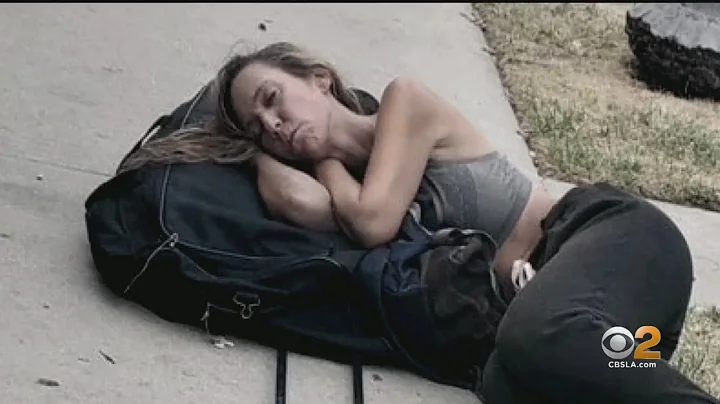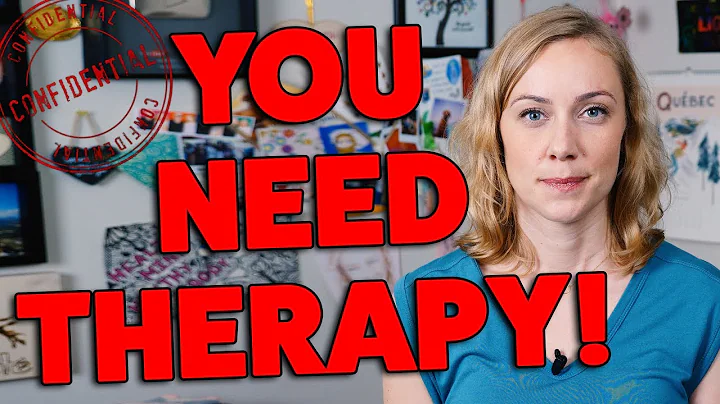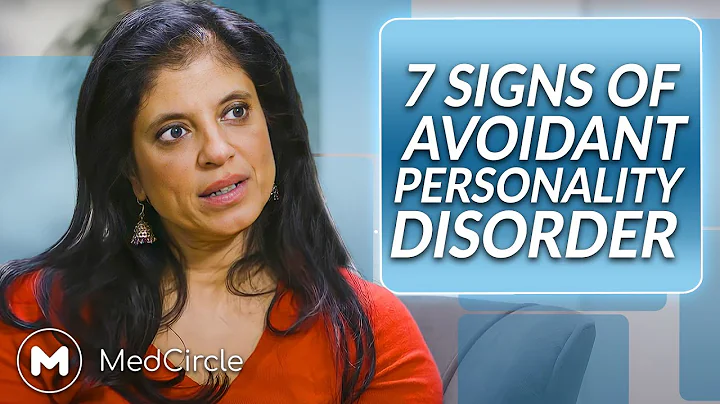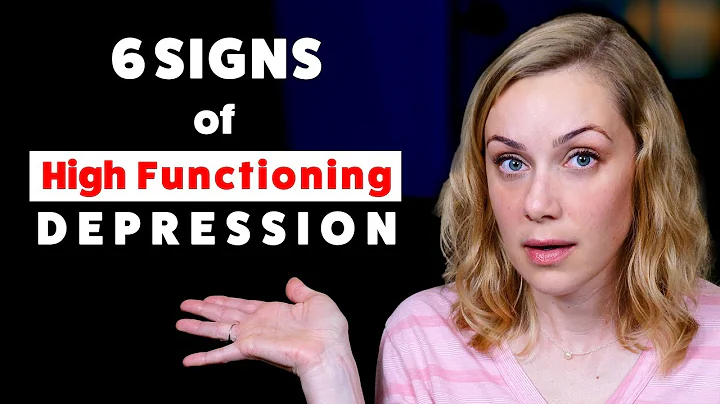
"2022 National Depression Blue Book" China Mental Health Survey shows that the lifelong prevalence of depression disorder in adults in my country is 6.8%, of which depression is 3.4%. Currently, the number of people suffering from depression in my country is 95 million, and about 280,000 people commit suicide every year, of which 40% suffer from depression.
According to Article 37 of the " Social Insurance Law " and Article 16 of the "Work Injury Insurance Regulations" [2], three exceptions for determining work-related injuries, namely: (1) intentional crime; (2) drunk or drug use; (3) self-harm or suicide. When the above situations occur in the workplace, even if the work-related injury is determined to be an employee injury or is deemed to be an employee injury, it will not be recognized as an employee injury even if it complies with Articles 14 and 15 of the Work-related Injury Insurance Regulations.
Therefore, whether "workplace depression" will be considered as an industrial injury due to depression or suicide has also become a relatively large legal consultation in recent years. Taking advantage of my time in recent days, I have sorted out relevant judicial judgment cases in recent years and explored how the court determines whether "working depression" and other mental illnesses are work-related injuries without relevant laws inclusion in the category of occupational diseases?

1. Mental illness caused by "body injury". Since there is a close relationship between physical injury and mental injury, the court usually treats the injury as a whole. If it meets the general constituent elements of work-related injuries, mental illness caused by "body injury" will be considered as work-related injuries.
In the case of (2019) Fujian 04 End No. 13, Chen was a middle school teacher. In March 2012, Chen found that student Fu was on duty while on duty. He was beaten by student Zhou during dissuasion, causing a mouth injury accident. He was cured and discharged from the hospital at the end of April 2012. From May to July 2012, Chen went to the hospital for treatment of depression due to stress disorder after being beaten. On the morning of July 6, 2012, he was lost while going to the hospital for treatment. The body was later found. Chen was found to have committed suicide by forensic identification by the Public Security Bureau. On June 26, 2013, on the entrustment of the Public Security Bureau, XXX Judicial Appraisal Institute issued the "Forensic Psychiatric Appraisal Document Review Opinions", whose appraisal opinion was: There is a direct causal relationship between Chen's mental state during his lifetime and the beating on March 30, 2012.
On July 26, 2012, Chen's school applied for work-related injury recognition from the Human Resources and Social Security Bureau, and the Human Resources and Social Security Bureau determined that the injury Chen suffered during duty was an industrial injury. On July 5, 2013, Chen's wife applied for work-related injury certification from the Human Resources and Social Security Bureau due to Chen's death. On July 16, 2013, the Human Resources and Social Security Bureau determined that Chen's suicide behavior did not comply with the circumstances in which the work-related injury or was deemed as an industrial injury in Articles 14 and 15 of the "Work Injury Insurance Regulations" were determined, and it would not be deemed as an industrial injury or was deemed as an industrial injury.
The court held that according to Article 16, Paragraph (3) of the Work Injury Insurance Regulations, self-harm or suicide shall not be considered as work-related injury. However, in this case, Chen was hit by a student with a stone while on duty in March 2012 and was considered an industrial injury. Because Chen was under the influence of posttraumatic stress disorder when he committed suicide, the suicide induced in this case is a pathological suicide under the influence of mental disorders in the patient. This is not the same as intentional suicide in the "self-harm and suicide" excluded in the "Work Injury Insurance Regulations" that has no necessary connection with work.
suicide induced by post-traumatic stress disorder caused by work-related injuries is a further continuation and development of the work-related injuries. Determining this situation is in line with the legislative spirit of "in order to ensure that employees who suffer accidents or suffer from occupational diseases receive medical treatment and economic compensation, promote work-related injuries prevention and vocational rehabilitation, disperse the risk of work-related injuries of employers, and formulate this Regulations."
Therefore, the judgment was made to revoke the "Decision on Work Injury Recognition" made by the Human Resources and Social Security Bureau and instruct the Social Security Bureau to re-produce the administrative act of . The second-instance court supported the view of the first-instance court and upheld the original judgment.
2. If mental illnesses caused by "special stimulation" at work can be proved medically that employees will inevitably cause corresponding mental illness when they are subjected to such stimulation at work, it will be an industrial injury, and vice versa. Most ordinary people will not arouse mental disorders due to such stimulation, that is, they do not constitute the inevitable causal relationship between and cannot be considered as an industrial injury.
Case: The Supreme People's Court In the administrative ruling on the retrial of the Labor and Social Security Administration of Human Resources and Social Security Bureau of Jinchang City, Gansu Province, the review and trial supervision of the review and trial supervision of the labor and Social Security Administration (labor, social security) of Zhang Hongren believes that in this case, Zhang Hongren claimed that his schizophrenia was caused by the harsh working environment, so the core of this case is whether Zhang Hongren suffered from schizophrenia was caused by the work reason.
Referring to the provisions of the Ministry of Labor and Social Security's "Standards for Identification of Workers' Work-Injury and Occupational Disease Diseases" (GB/T16180-2006) c.2.2, schizophrenia and bipolar disorder are endogenous diseases, and the onset is mainly determined by the biological qualities of people with depression. Endogenous diseases associated with work-related injuries or occupational diseases should not be confused with diseases directly caused by work-related injuries or occupational diseases. Schizophrenia and bipolar disorder are not industrial or occupational disease.
This case Zhang Hongren suffered from schizophrenia and was neither injured or injured in accidents nor diagnosed as an occupational disease. Therefore, the schizophrenia he suffered from was neither directly caused by work-related injuries or occupational diseases, nor was it caused by work-related injuries or occupational diseases during the process of . A bad working environment may affect Zhang Hongren's physical and mental health, thereby inducing schizophrenia. However, the main reason for suffering from schizophrenia is Zhang Hongren's own biological qualities. Therefore, there is no direct causal relationship between the harsh working environment and schizophrenia, and it cannot be determined that the schizophrenia he suffers from is caused by work reasons.
3. "High work pressure" leads to mental illness. Based on the current judicial practice in my country, for this type of "chronic" disease caused by work, only if it meets the definition of the connotation of "occupational diseases" in the " Occupational Disease Prevention and Control Law " can it be considered as an industrial injury. At present, there are no relevant regulations in my country to include mental diseases in the category of multi-occupational diseases. Therefore, mental illnesses caused by high work pressure do not constitute work-related injuries.
Case: The plaintiff Jiang Kai was originally an network engineer of Capital Information Technology Development Co., Ltd. and signed an labor contract with the company for a period of June 11, 2009 to February 25, 2012. On June 4, 2010, Shouxin Company issued a certificate of removal/termination of labor relations to Jiang Kai. At the same time, Beijing Anding Hospital affiliated to Capital Medical University and , Peking University Sixth Hospital, and other hospitals including , issued diagnostic certificates that Jiang Kai suffered from severe depression and other symptoms of schizophrenia. Later, his father applied for work injuries to the administrative agency on his behalf. The case was not recognized as work injuries after administrative reconsideration and administrative litigation.
The courts all believed that: The relevant medical certificates in this case stated that the plaintiff suffered from schizophrenia and other diseases, but there is currently no evidence to show that the plaintiff's above-mentioned diseases were caused by accident injuries due to work, and there is no evidence to prove that his symptoms are occupational diseases. Therefore, no work-related injury is constituted.

4. The determination of whether there is "self-harm or suicide" is based on Article 1 of the "Provisions of the Supreme People's Court on Several Issues Concerning the Trial of Work Injury Insurance Administrative Cases" (Legal Interpretation [2014] No. 9), it should also be based on concluding opinions issued by competent institutions (such as public security organs, medical institutions) or effective judgments of the people's courts. If the above-mentioned legal documents do not exist or the content is unclear and the social insurance administrative department determines the facts in the preceding paragraph, the people's court shall review them in accordance with the law based on the relevant evidence provided by them.
For example, if an employee falls or drowns, and the concluding opinion of the public security organs is "excluding homicide". If the cause of death is "suicide", the court generally follows Article 19, paragraph 2 of the "Work Injury Insurance Regulations": "If an employee or close relative believes it is an industrial injury, the employer shall bear the burden of proof." and Article 4 of the "Provisions of the Supreme People's Court on Several Issues Concerning the Trial of Work Injury Insurance Administrative Cases" stipulated in Article 4 of the People's Court shall support the situation where the social insurance administrative department determines it as an industrial injury item (I): "Employees are injured during working hours and in the workplace, and the employer or social insurance administrative department has no evidence to prove that it is caused by a non-work cause;" and support the conclusion that the work injury should be determined.
In addition, the dispute over "self-harm or suicide" in practice also includes whether an employee commits self-harm or suicide due to work reasons, or involuntary self-harm or suicide due to mental illness. In this regard, the social security administrative department and the adjudication and trial agency are still cautious, and only a few cases have identified work-related injuries.
5. Conclusion:
When an employee commits suicide or self-harm due to severe depression, the employer needs to pay attention that this situation does not necessarily mean to be ruled out as an employee's work injury. It also needs to be analyzed in detail whether the employee's suicide due to depression is caused by the cause of work, the causal relationship with the work, and the specific situation of the employee committing suicide due to depression.
Reference materials:
1. Article 37 of the Social Insurance Law
2. Article 16 of the Work-Injury Insurance Regulations
3. China Judgment Document Network: (2019) Fujian 04 Case No. 13
4. "Standards for the Identification of Work-Injury and Occupational Disease Disorders in Employees" (GB/T16180-2006)c.2.2
5. "Occupational Disease Prevention and Control Law"
6. Provisions of the Supreme People's Court on Several Issues Concerning the Trial of Work-Injury Insurance Administrative Cases" (Legal Interpretation [2014] No. 9) Article 1
7 "2022 National Depression Blue Book".
.










